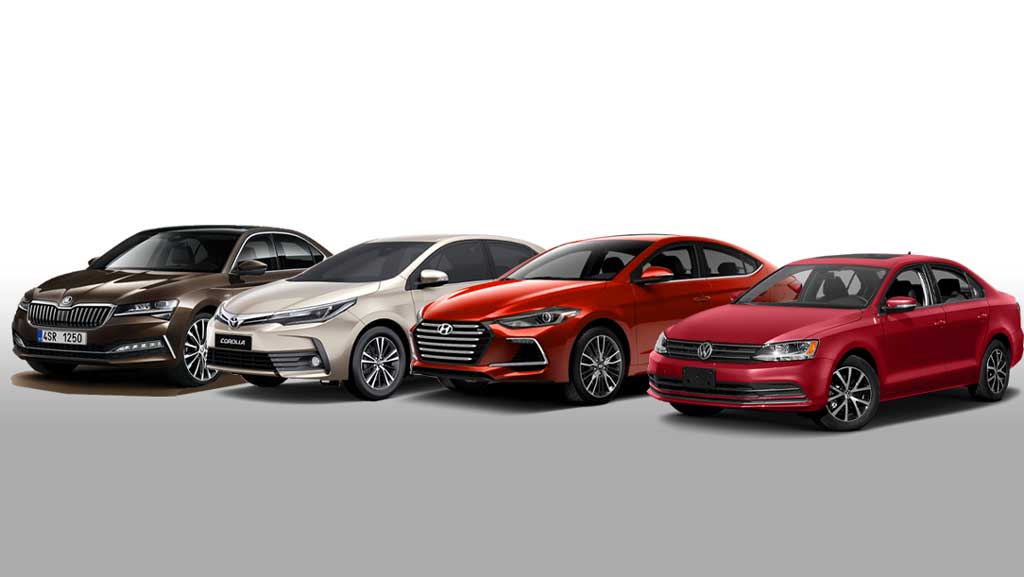When I was a school-going kid, I can recall the influx of D-segment sedans across India. The German luxury trio was not readily available to the masses then. Even for the well-off, it wasn’t easy to afford the high import duties and prohibitive maintenance costs. Premium sedans were popular among those who wanted a status symbol and a budget-friendly option. This is when cars such as the Toyota Corolla (Skoda Octavia), Hyundai Sonata (Hyundai Sonata) and Honda Accord were introduced. These cars created a new market and quickly became popular. Later, many other sedans of the same brand came in and further pushed the envelope. Some cars didn’t attract any attention. Opel Vectra and Ford Mondeo Renault Fluence, Maruti’s attempt with the Suzuki Kizashi failed, as did Renault Fluence, Opel Vectra and Ford Mondeo. There was still a large gap in the SUV market and very few competitors to the D-segment pricing point. Mitsubishi was delighted to sell the Pajero at this price point. Ford also offered the endeavour, but there were no buyers. The Fortuner was launched by Toyota in 2009, disrupting the premium sedan and SUV segment. It still reigns supreme despite being launched ten years ago. The D-segment sedans were hampered by other SUVs and luxury badges that were more affordable. The entry of the BMW X1 into the market with Rs. 22 lakhs (exhaustive showroom) and the Audi Q3 at Rs. It changed the game. 25 lakhs. The price, India’s growing network, and the manageable after-sales sales made it easy to transition to luxury badges.
The D-segment sedans were soon lost in the ranks of entry-level luxury cars and premium SUVs. Let’s not get into the details of the rivals and timeline. Let’s look at the current situation in comparison to 2015. In 2015, there were 11 D-segment sedans for sale. Four remainings are the Honda Civic, Hyundai Elantra and Skoda Superb. The Octavia has been discontinued, and the RS is now limited to 200 units. India’s sedan market was 26 per cent in 2015. It is now down to 15%, including compact sedans and C-segment sedans. The SUV segment has risen 9 to 24 per cent in the past five years.
The decline in premium sedan sales can be attributed to two major factors. The growing popularity of SUVs. The second and most important is the outrageous pricing. Due to low demand, carmakers haven’t been able to justify such high localizations. This is why the CBU and CKD prices are so outrageous that they reach close to Rs. Fifty lakhs (on the road).


